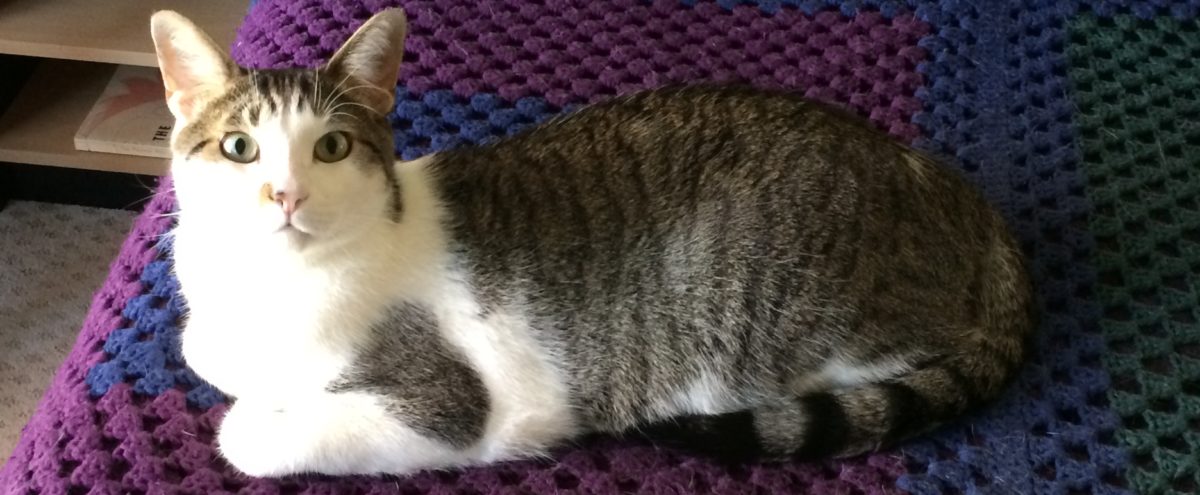Welcome to the 52nd installment of This Week’s Haul! Wow, I’ve been at it for a whole year? Then it must be time to try out a slightly different format! I bet this works poorly in the syndication feed, though.
- Booster Gold #3, by Geoff Johns, Jeff Katz, Dan Jurgens & Norm Rapmund (DC)
- Countdown #29 of 52 (backwards), by Paul Dini, Adam Beechen, Keith Giffen, Manual Garcia & Mark McKenna (DC)
- Suicide Squad: Raise the Flag #2 of 8, by John Ostrander, Javier Pina & Robin Riggs (DC)
- Nova #7, by Dan Abnett, Andy Lanning, Sean Chen, Scott Hanna & Brian Denham (Marvel)
- Powers: Cosmic vol 10 TPB, by Brian Michael Bendis & Michael Avon Oeming (Marvel/Icon)
- The Clockwork Girl #1, by Sean O’Reilly, Kevin Hanna & Grant Bond (Arcana)
- B.P.R.D.: Killing Ground #3 of 5, by Mike Mignola, John Arcudi & Guy Davis (Dark Horse)

|
It’s all over the comics blogosphere that Countdown has been quite a muddle. Rich Johnston reported that the fur may be flying at DC editorial over the series’ sales (though of course Rich Johnston writes an admittedly-biased rumor column, so take it with a grain of salt). With the series nearly half-over, Countdown #29 amply illustrates the series’ muddled storytelling:
It all comes down to writing: It’s just not good. There’s no sense of where the story is going (any of the stories), or even if it’s indeed going anywhere.. This is just the opposite of 52 which set up mysteries and adventures, and steadily resolved them. Not every plot thread worked, but as a whole it was entertaining. Countdown is just a messy assortment of stuff. The problem isn’t that the creators aren’t big names, it’s that there’s no direction, and no focus. I suspect this is either due to authorial mastermind Paul Dini not having come up with a good enough framework for the series, or else due to poor editorial direction. |

|
Although I enjoy Nova, issue #7 ends up being rather a big nothing: Nova throws off the yoke of the Phalanx in somewhat-predictable fashion, escapes… and apparently isn’t going to have any substantial impact on the Annihilation Conquest story. So it ends up being rather pointless. Plus the cover is bland (although nicely rendered). It’s the first big misfire for either this series or the Annihiliation Conquest event, which is a pity since they’ve both been quite good before this point.
(It’s slightly disturbing that Chen is already being spelled by a fill-in artist for parts of the issues, though it helps that I hardly notice when the pages alternate between Chen and Denham while I’m actually reading the comic. Chen is a terrific artist – I first picked up Nova mainly because he’s on it – so I guess this means Denham’s pretty good, too. I hope Chen isn’t planning on leaving the book, though.) |

|
On a brighter note, Powers is the magnum opus of Brian Michael Bendis and Michael Avon Oeming. I’ve not been able to warm to either of their works other than this one, but Powers is really good: The ongoing story of two cops who work cases related to superheroes and supervillains, it ran for three years with Image Comics and then moved to Marvel’s Icon imprint. The first series revealed that Christian Walker used to be a hero, until he lost his powers, and then a superhero-created disaster resulted in powers being outlawed in the U.S. This new series ups the stakes as both Christian and his partner Deena Pilgrim get forced into increasingly risky scenarios, partly through choice and partly through circumstance. This latest volume, Cosmic, opens with the death of an unknown – but immensely powerful – hero, and the consequences that his death has for Christian.
Bendis’ hallmark as a writer is that he writes copious dialogue. His characters tend to be smartasses, often foul-mouthed and philosophical at the same time. In my opinion, his style doesn’t work at all when he writes for mainstream Marvel comic books, but it works fine in his own world, with its gritty and grimy settings and populace. Oeming’s relatively simple linework seems cartoony at first glance, but it actually works quite well with Bendis’ scripts, conveying the weight of the situations while still leaving room for the gleaming, four-color-style linework for the heroes; in other words, balancing the dark realism with the superpowered sense of awe. Weaving between the two extremes is what makes the book work – that and Bendis’ unflinching ability to keep raising the stakes for his protagonists while still keeping them grounded in their day-to-day jobs. (My biggest regret about the second series is that Deena’s sunny, smartass personality has been fading under the weight of her burdens. On the other hand, it seems that Deena and Christian are on opposite trajectories in their respective stories, so no doubt this is all deliberate.) Powers can be brutal and bloody at times, so it’s not for the squeamish. It is, however, well worth following for anyone who appreciates deconstructive approaches to the superhero genre. (Although this is a good volume, if you haven’t read it before then you’re better off starting at the beginning, or at least the start of the second series.) |

|
I reviewed the preview issue of The Clockwork Girl a few months ago, and the first full issue is pretty much what I expected, feeling very much like the opening act of a Disney film (which, y’know, isn’t always a bad thing). It features a young mechanical girl being unveiled to the public by her mad-scientist father, and her attracting the eye of a young wolf-boy created by a different scientist. The art is dynamic and polished. The cover is very neat, too, with an “Alice-in-Wonderland-but-not-really” feel to it. There’s every reason to think that this could be a good, all-ages read. Worth seeking out. |


















